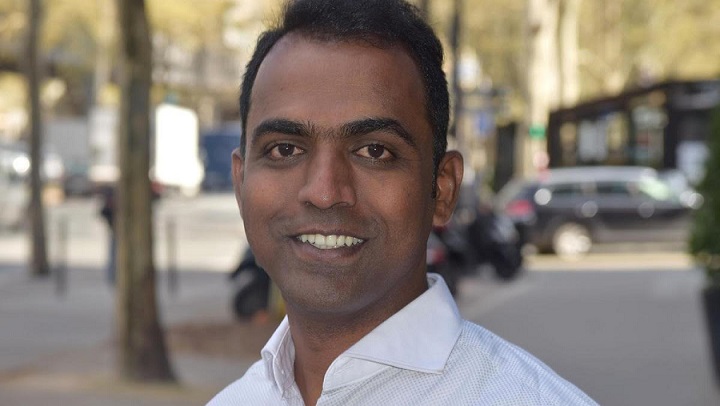Ranjitsinh Disale moved from his hometown in India to teach in a girls’ primary school in an impoverished village where the schoolhouse was a crumbling, near-abandoned structure adjoining a cattle shed.
The kids weren’t showing up—attendance was often as low as two percent. The students hadn’t been getting much out of showing up for classes; the text books were written in a language they didn’t speak. And there wasn’t much point in learning anything. Girls in the village were often married off at 12 years old. So Disale learned their language, Kannada, and translated the books into words they understood. Day after day, he was everywhere in the village, talking to the adults about the value of educating their children, even the girls—a truly low priority with the families there.
Realizing that the translated books could be improved, this new teacher managed to get mobile phones, tablets, and laptops for his students, moving them into 21st century technology. He embedded the Kannada books with QR codes that gave students access to on-line lectures, stories, games, and assignments. He made the curriculum personalized, especially for girls with special needs.
In pretty short order, attendance jumped to 100 percent. When his students took their year-end exams, 85% got As, and the school was named the best in the district. A big milestone was the first time a girl from the school was accepted by a University.
Not stopping at innovative technology, Disale got his school working against the region’s desertification; the amount of green land in this drought-plagued area is up more than 30%. He’s connected students in India with young people in the rest of the world—over 19,000 students have been involved. He built a science lab in his home and conducts experiments there that have been watched by over 85,000 students in over 1,400 classrooms in 83 countries. Disale has also trained thousands of teachers in how to use technology to make teaching more effective.
In 2020 he won a one-million-dollar prize for his innovative teaching, and gave half of it to his fellow finalists so they could upscale their own work with students. His half will fund what he’s calling a Peace Army; he plans to enlist 50,000 kids in nations that are at odds with each other, getting them to learn together. And he’s spending a bit of it on more tech tools for his own students, a vital thing in these months that Covid has closed all schools in India. Disale’s students are online with him every day, the girls in the village and the thousands of kids all over the world who watch his online lessons.
Now that’s a 21st century teacher.

